
Many thanks to the Captain William Sanders chapter of the National Society of the Daughters of the American Revolution (NSDAR). I was again honored to be a speaker at their February meeting this week. More people showed up this year, but they weren’t there to listen to my ramblings. This chapter reaches out to the local high schools and asks the faculty who the outstanding students are, and the faculty and counselors give their shout-outs. The students receive one hundred dollars in cash, a certificate, and information on obtaining a scholarship through the NSDAR. I think this is an outstanding idea for local organizations, and they deserve to be mentioned whenever possible.
The talk went well, but the refreshments were better. I only had one heckler this year. My two-and-a-half-year-old granddaughter Ezerbet was in the audience and greeted everyone, repeatedly (“Hi!”). Thanks to the person who sent a bag of Fritos her way. She enjoyed them, along with anything that caught her eye and her stomach after the meeting. By the way, her name isn’t Ezerbet, but when I mention her in future blogs, I will refer to her like that just to irritate one of her parents.
One of the advantages of being part of the Jefferson County Historical Commission is being around people who know a lot more than you do about a subject or how to do certain things, such as presentations. Shout-out to Dr. Steven Lewis, who is a wiz at creating PowerPoint files and Excel spreadsheets. He is the only reason I can produce some of these things. I’m pretty savvy when it comes to technology, but not this type of stuff. I think that, deep down, I just hate Mister Softy (MSFT), a.k.a. Bill Gates.
Speaking of another Mr. Gates, part of my talk was about some of the old houses in Port Arthur, especially the few ones standing on Lakeshore Drive—the Vuylsteke House, the Pompeiian Villa, and Rose Hill Manor. One that is no longer there is the John W. Gates House. It was located one house down from the Pompeiian Villa. The John Gates House burned down in the 1960s, but the carriage house is still there, as is the Texas Historical Commission (THC) marker placed in 2001.
Here is the story of the original plan by a few millionaires who wanted to build some pretty nice homes in a swamp.
The Pompeiian Villa is a replica of a Pompeiian home from AD 79; it was built by Isaac Ellwood, the “Barbed Wire King,” in 1900. It was one of three structures to be built on the eight-acre stretch of lakefront property in Port Arthur. The second home was John Warner “Bet-a-Million” Gates’ twenty-room Georgian Revival mansion, a pre–Civil War Gone with the Wind-style home with a carriage house at the back. A third home was planned by an investor, Mr. James Hopkins (president of the Diamond Match Company, St. Louis, Missouri); sadly, Mr. Hopkins could not come up with an idea for a suitable structure, so the land between the two aforementioned homes was never built upon.
After the Pompeiian Villa was completed, Mr. Ellwood lived there for a year. In 1901, he sold it to Mr. Hopkins, who loved the house dearly, so much so that he sent for his wife in St. Louis to live with him in this great abode during the winter months. Mrs. Hopkins took the train down from St. Louis, expecting to see paradise. After the train ride, she boarded a carriage and was taken to her new winter home. When she arrived, she saw the great villa in all its glory—built in muddy marshlands next to a lake. She was not impressed. Without hesitation, she returned to the train station and traveled back to St. Louis without setting foot inside the villa.
I also mentioned the Vuylsteke House, which was built in 1905 by J. E. Alexander in the space of seventy-five days for Adrianus Jacobus Maria Vuylsteke. Mr. Vuylsteke immigrated to the US in 1893 and moved to Texas in 1894. After his marriage to Nettie Minerva White in 1898, they settled in Jefferson County. Mr. Vuylsteke was appointed to the Dutch consulate for Port Arthur in 1906.
In 1908, the Vuylsteke family sold the house to John Tryon, a manager at the Gulf refinery who would eventually become Port Arthur’s mayor between 1917 and 1921. After having multiple owners, the house was moved to its current location on Lakeshore Drive, renovated, and used as a rental property. Finally, after years of deterioration, it was bought by the Port Arthur College Foundation and restored in 1986.
I also showed a couple of pictures taken by Port Arthur News photographer Don Larson, which I purchased at an estate sale. To me, they are iconic because of who is in them. The first one is from the Babe Zaharias THC marker dedication in 1979. (Yes, Beaumont, the Babe was born in Port Arthur!) It shows Sydalise Fredeman holding her hat while Bum Phillips takes the cover off the marker and Bob Hope looks on. The second photo shows Bob Hope looking on again (I think he did that a lot) while a lady with a shovel breaks ground for the new Bob Hope School. And yes, that is Wayne Newton in the background! If anyone knows who the lady with the shovel is, please let me know.
Well, I’ll end this blog the same way I ended my PowerPoint—with a photo of my fat cats and a link to my website. By the way, Ezerbet says, “Hi!”
Danke schoen. Until next week!





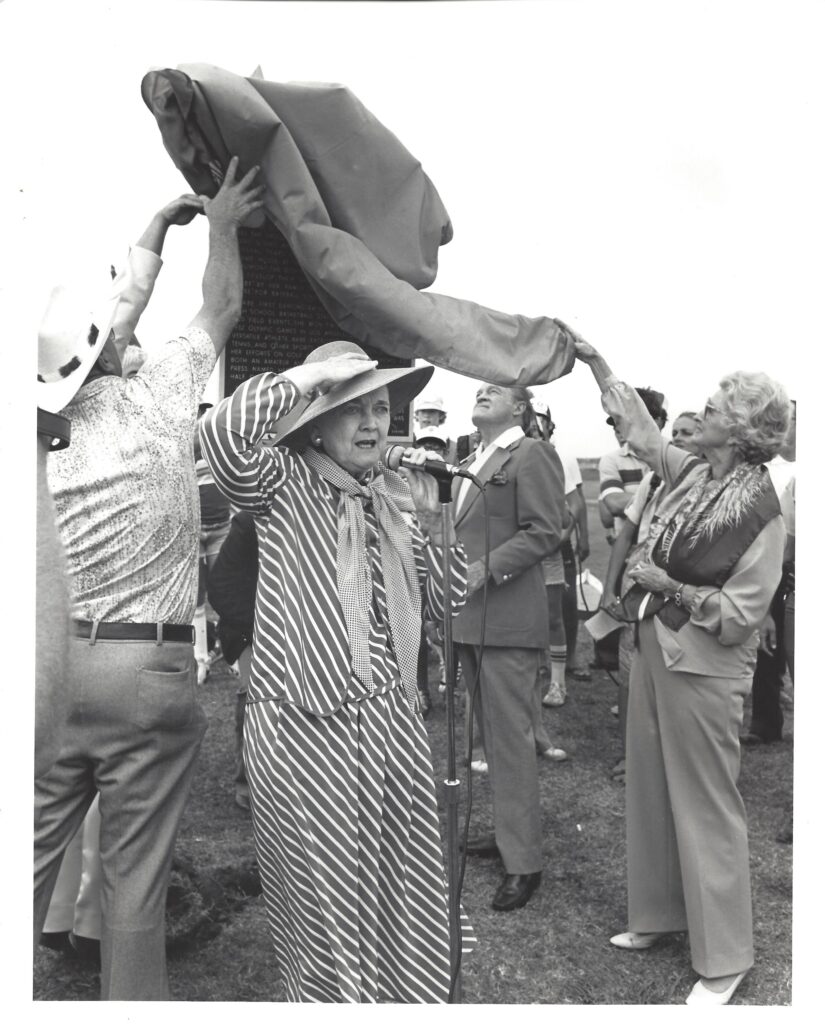
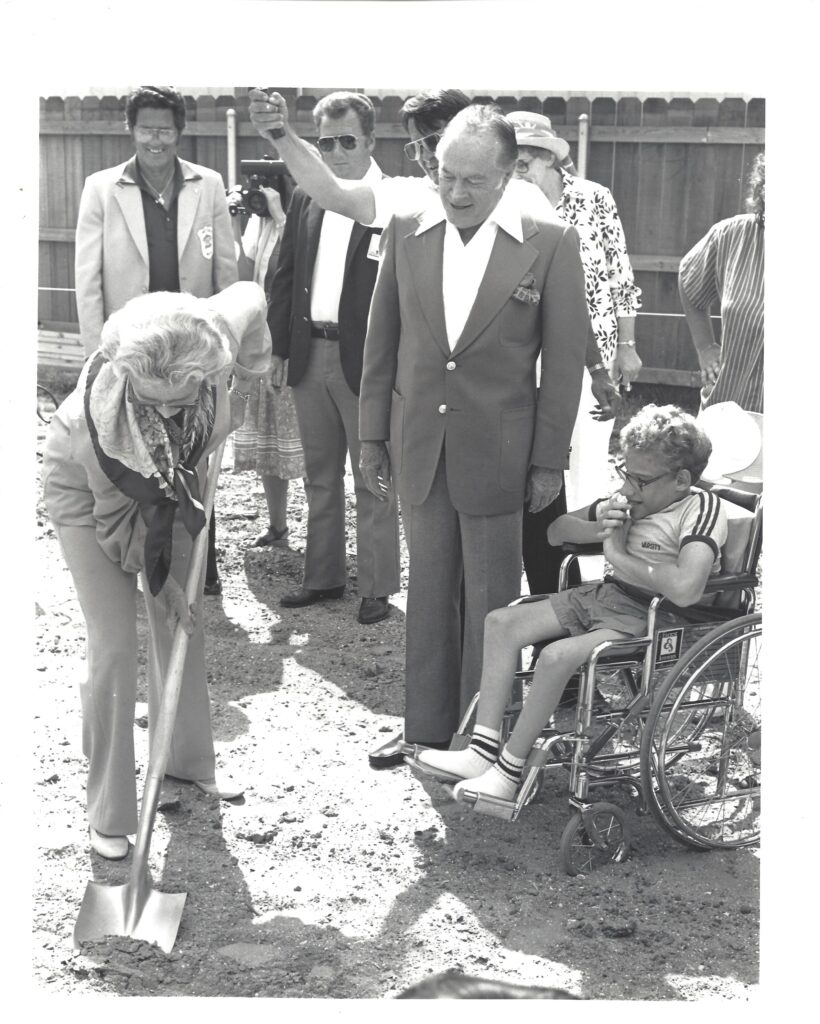
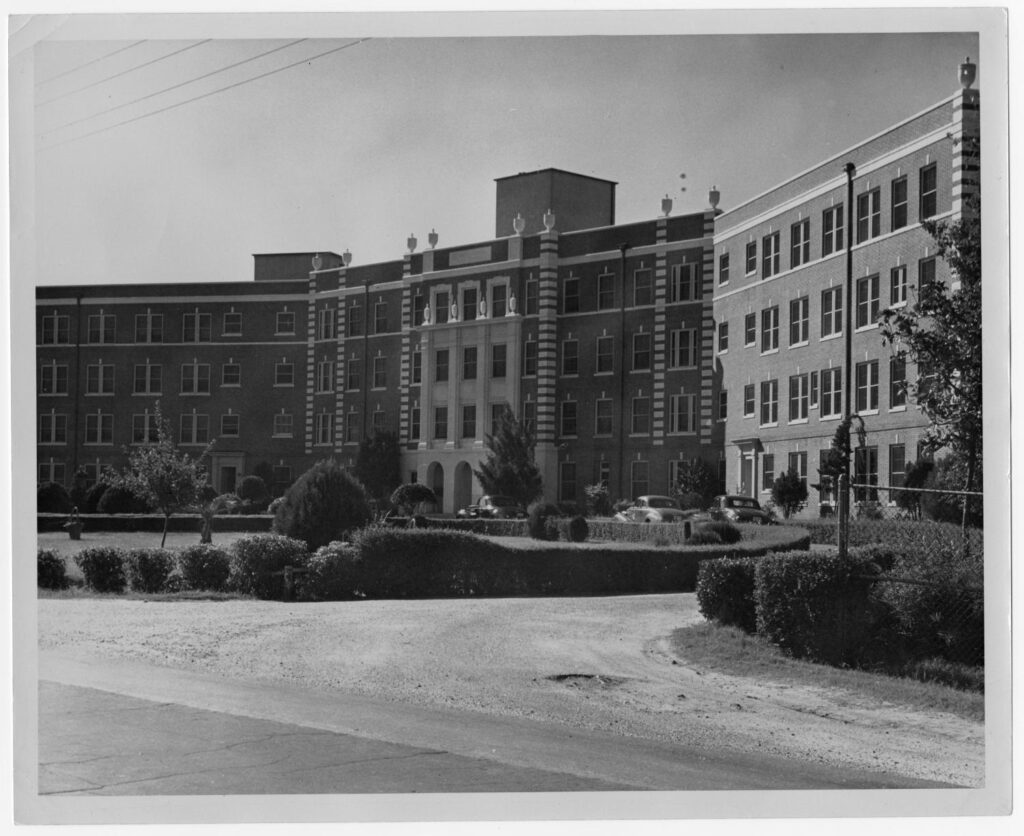
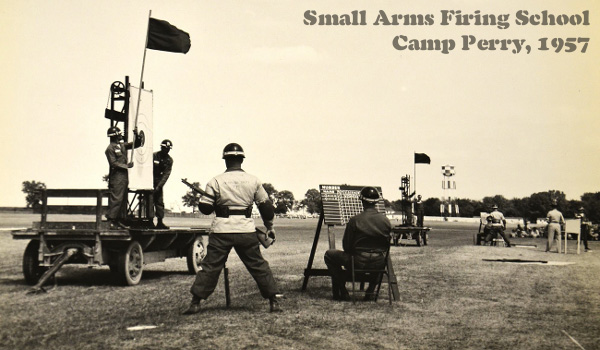
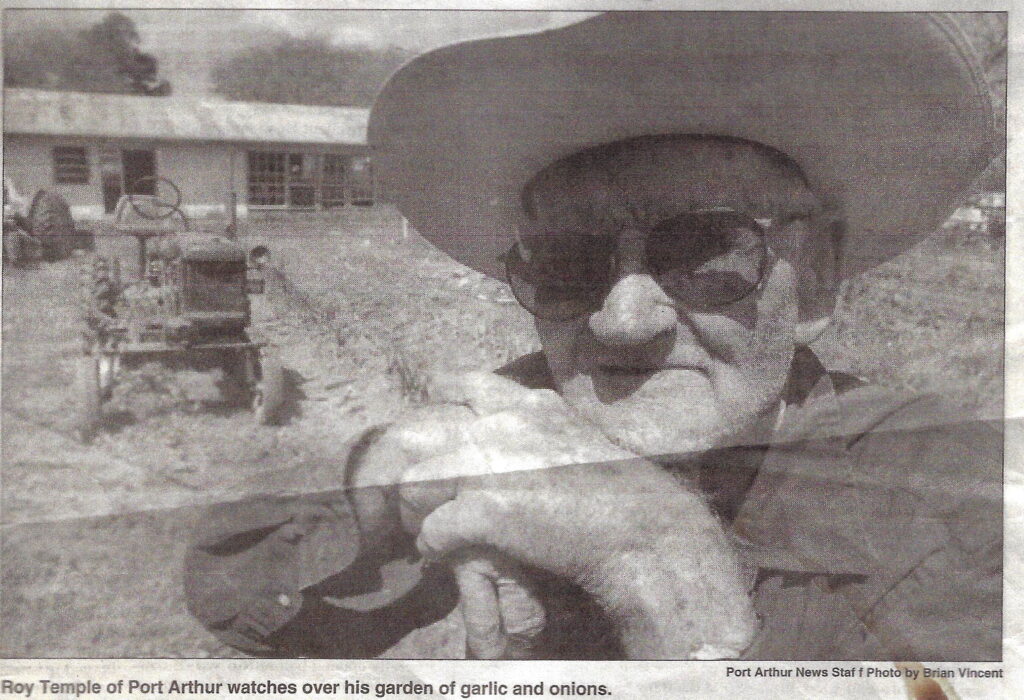
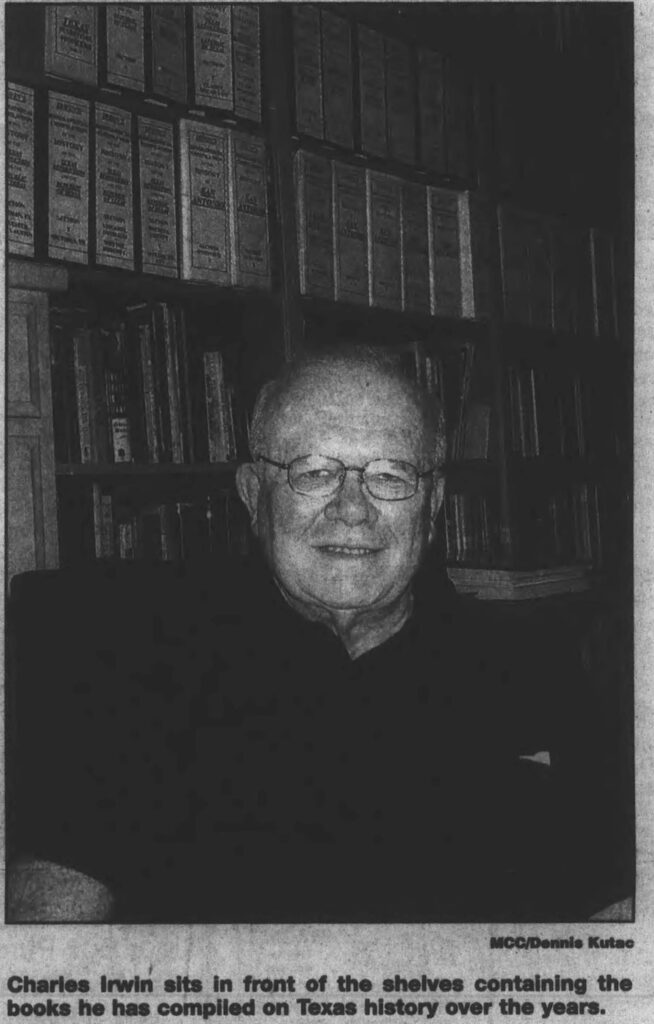
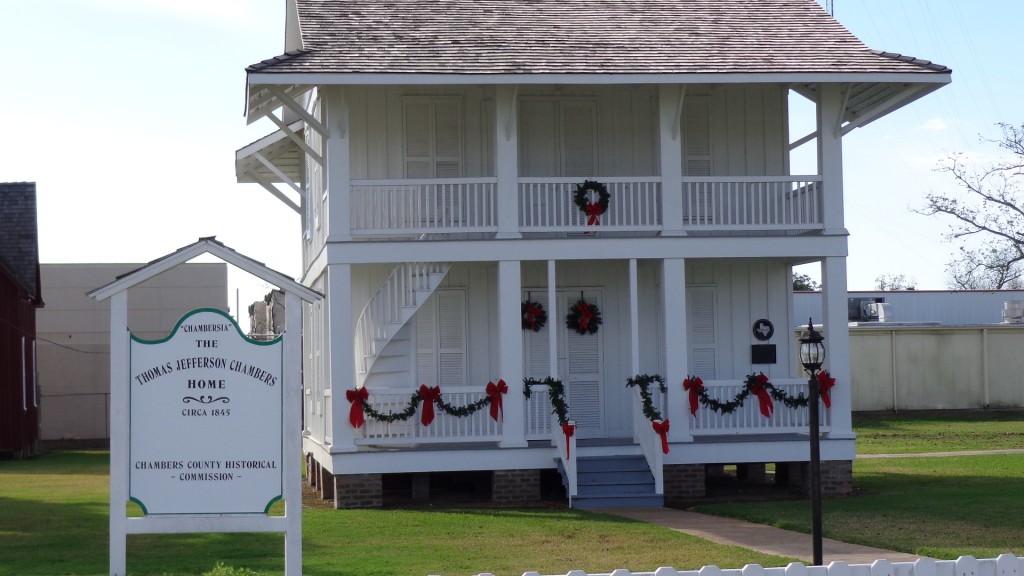
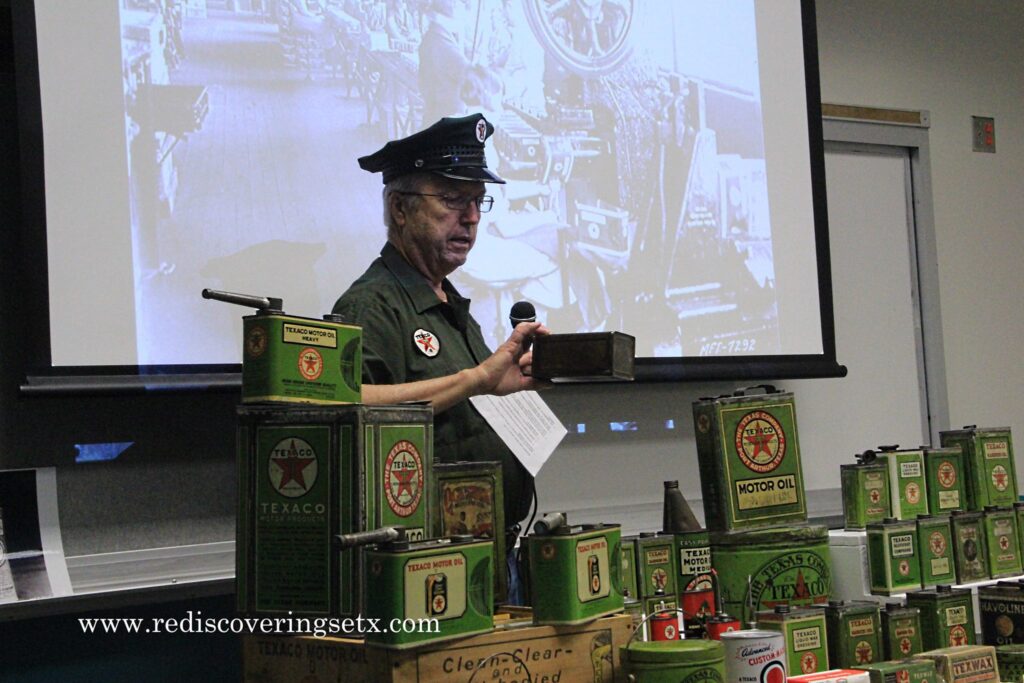
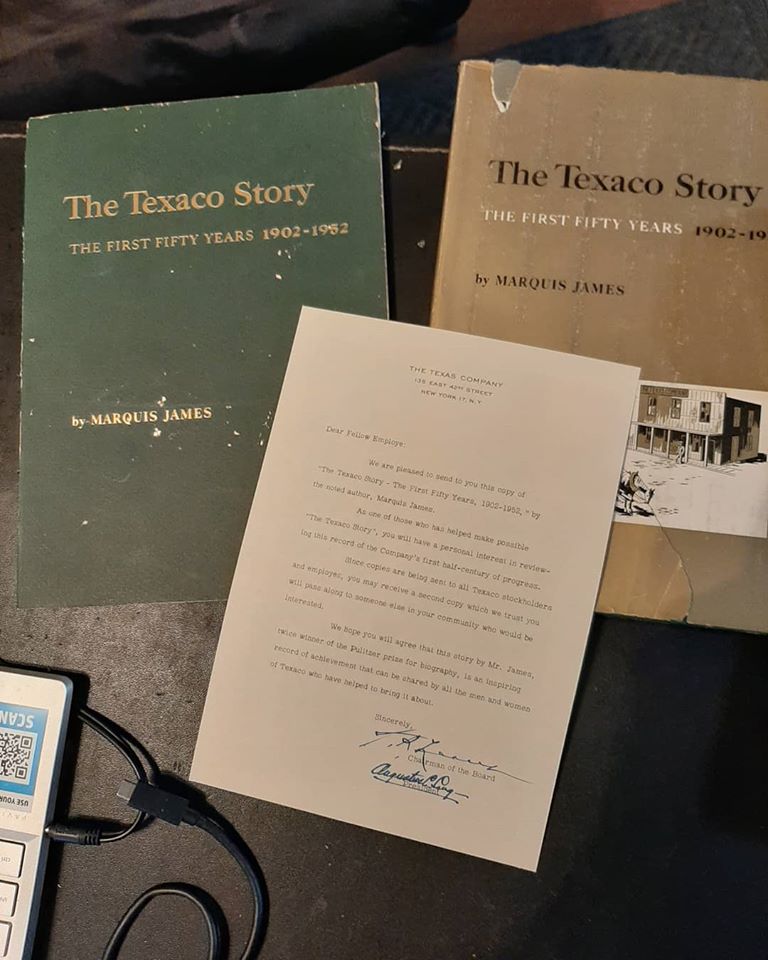
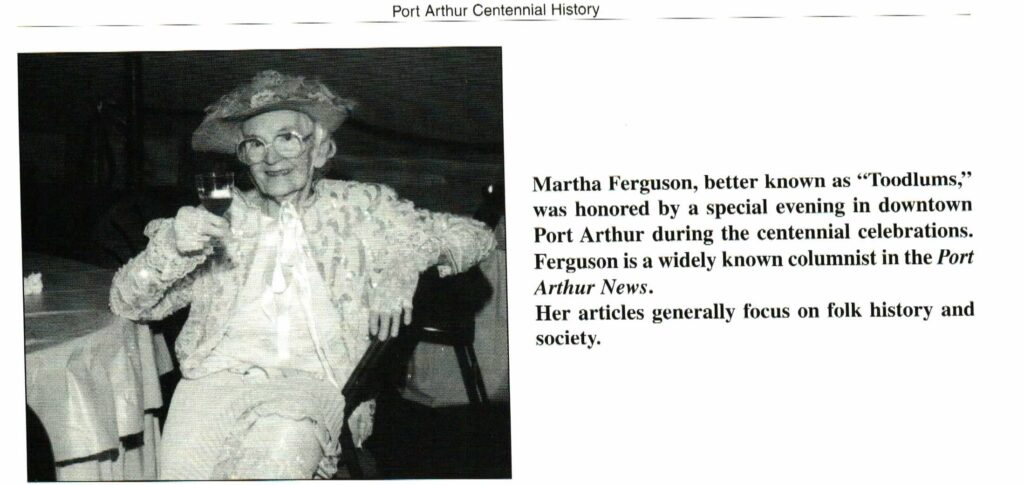
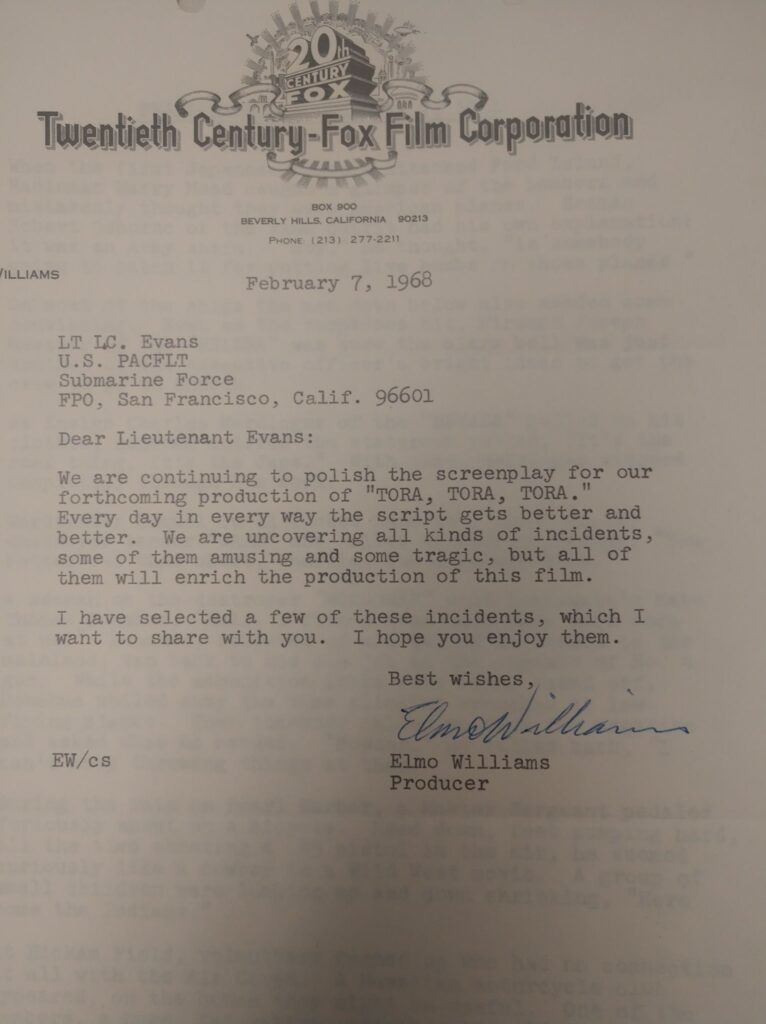
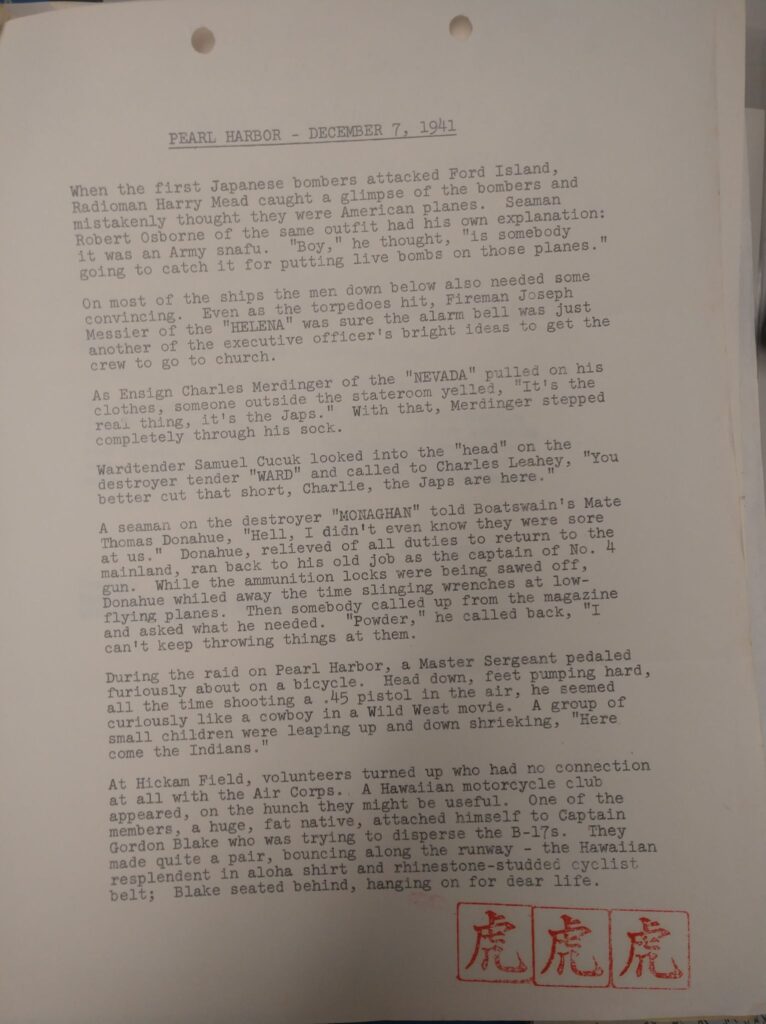

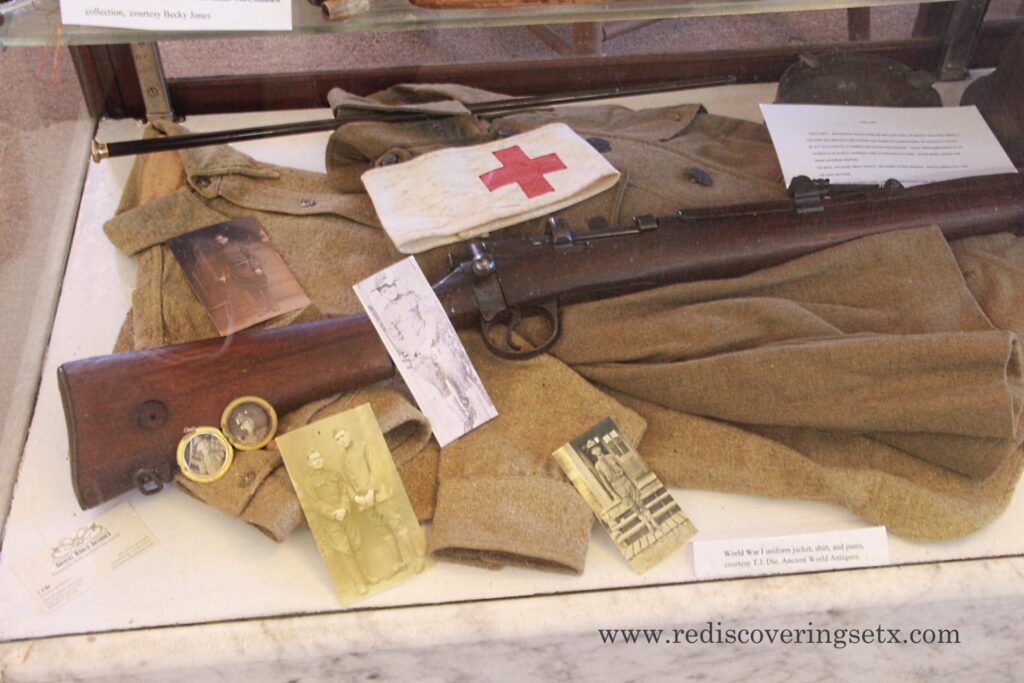
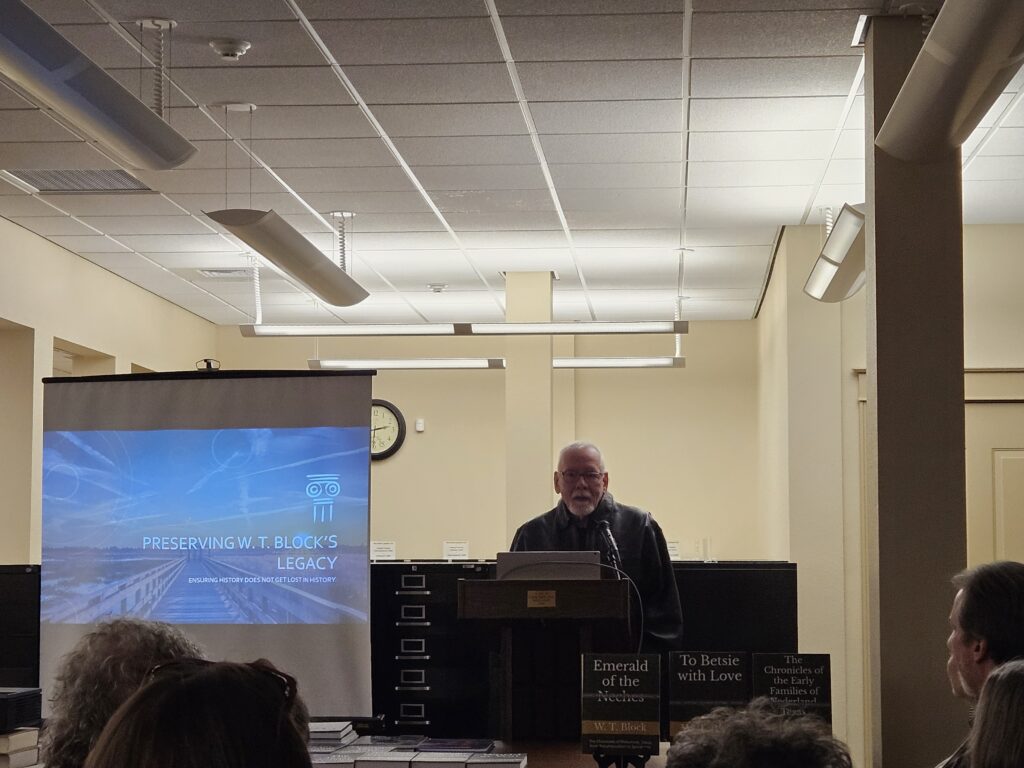


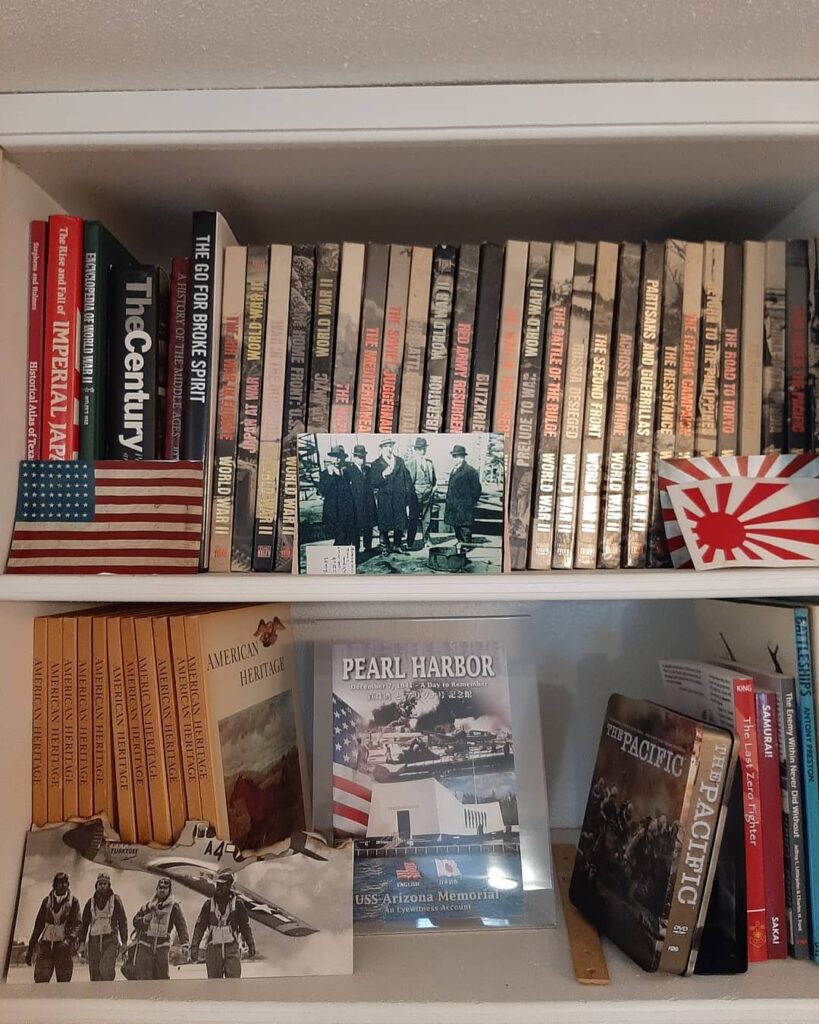
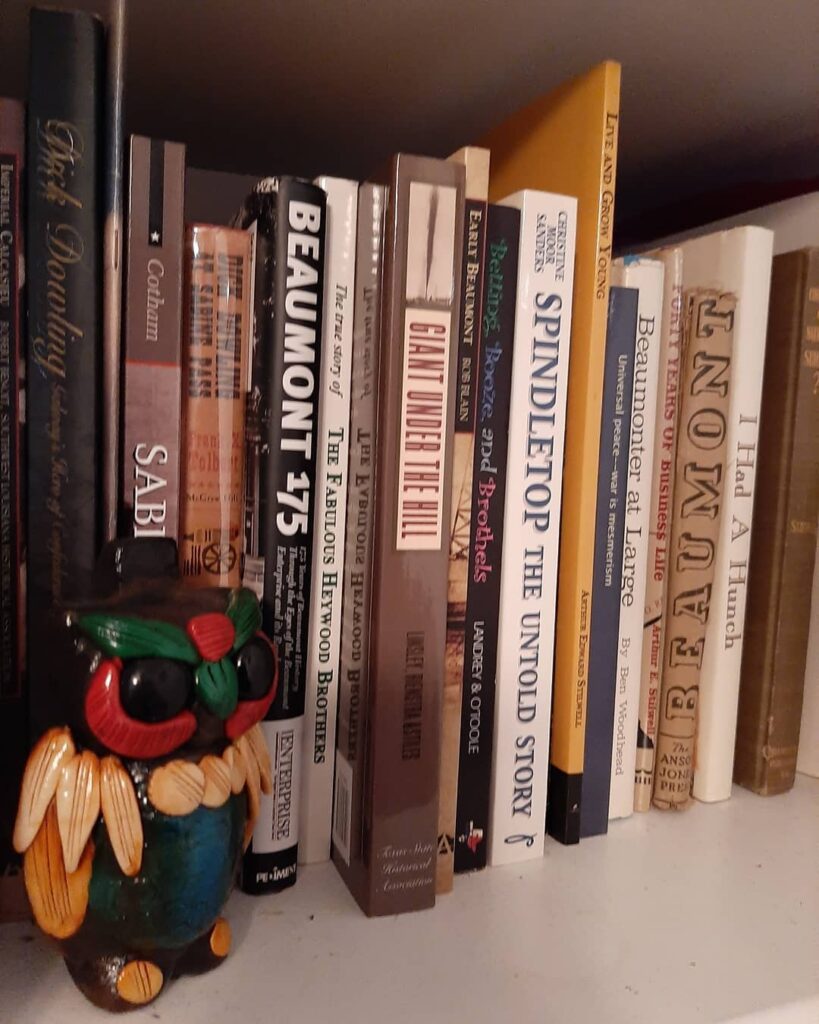
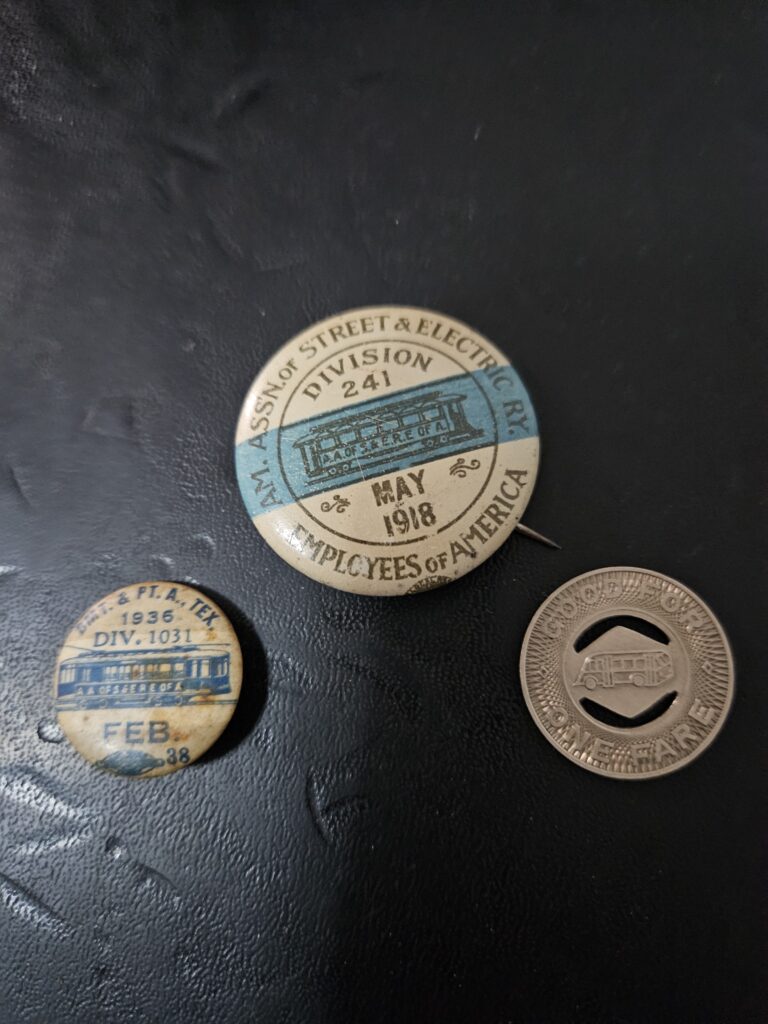
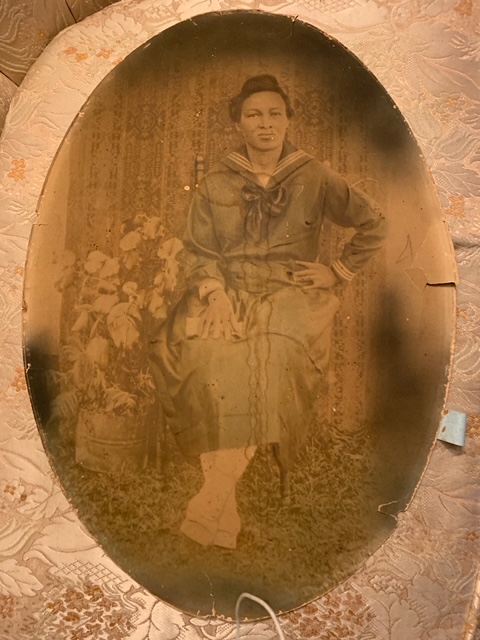
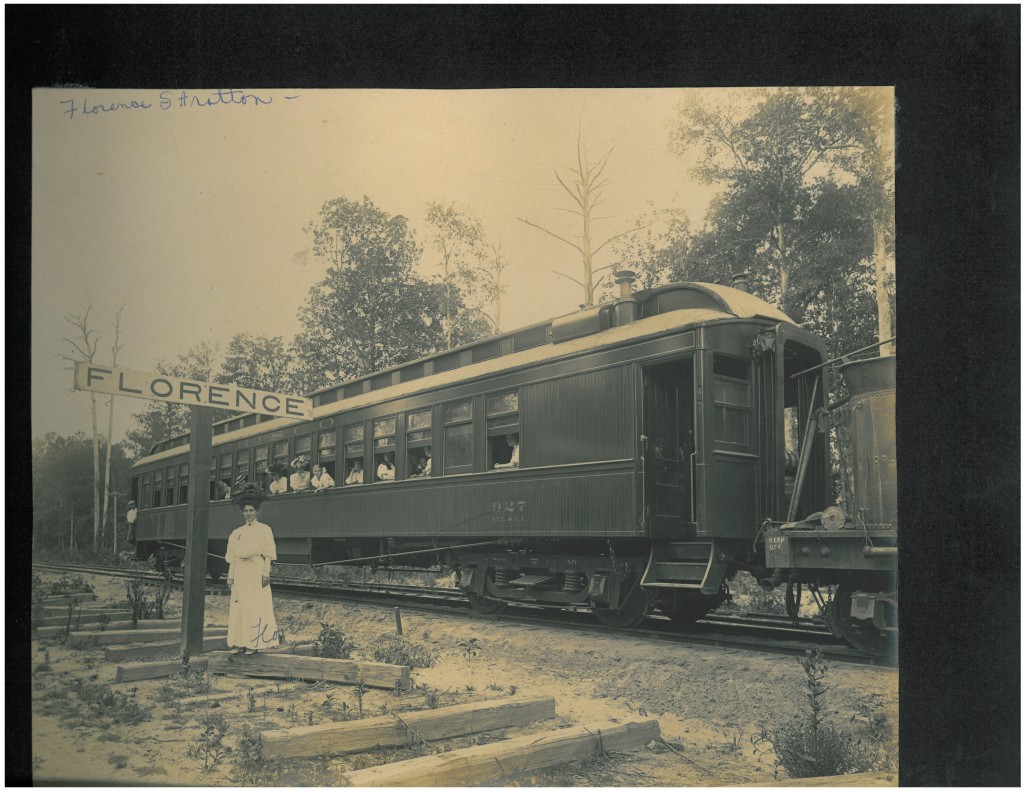

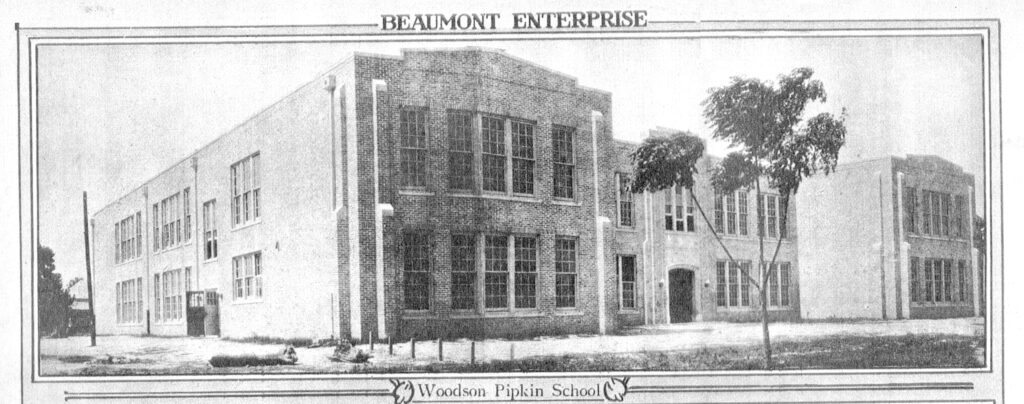
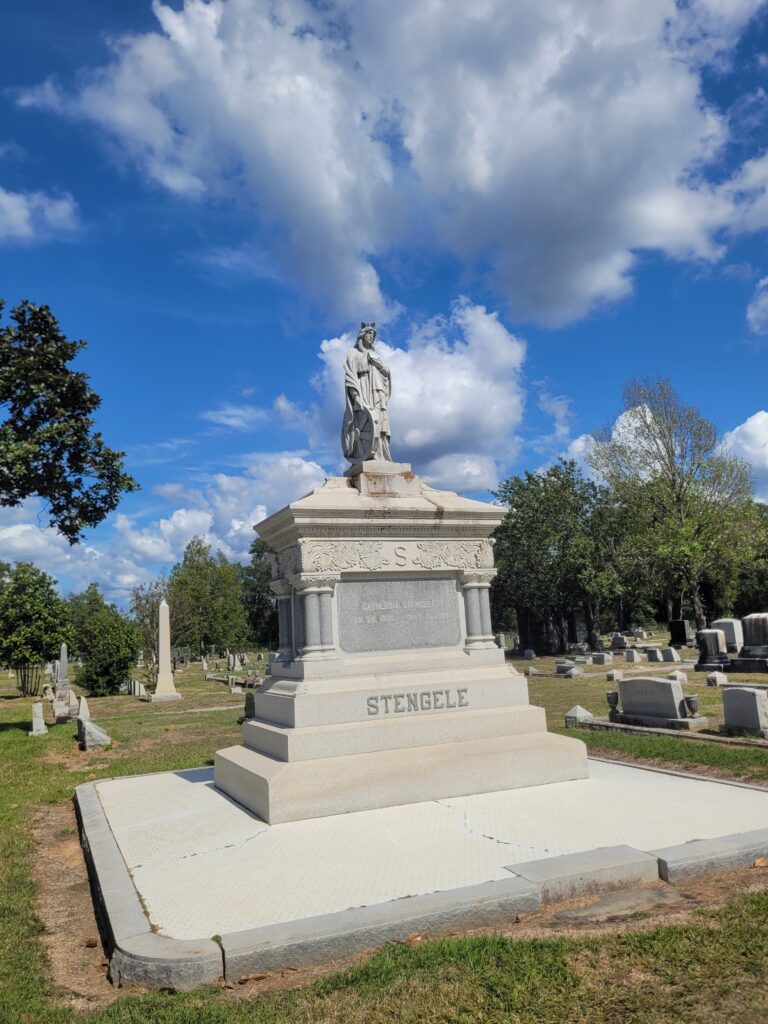
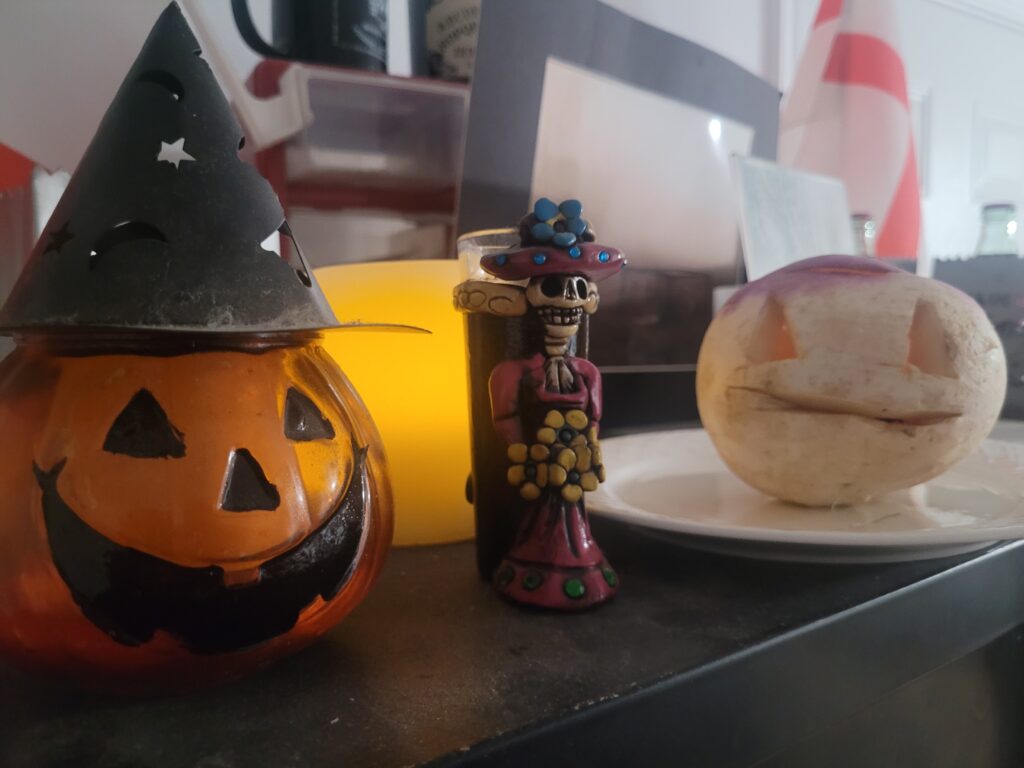
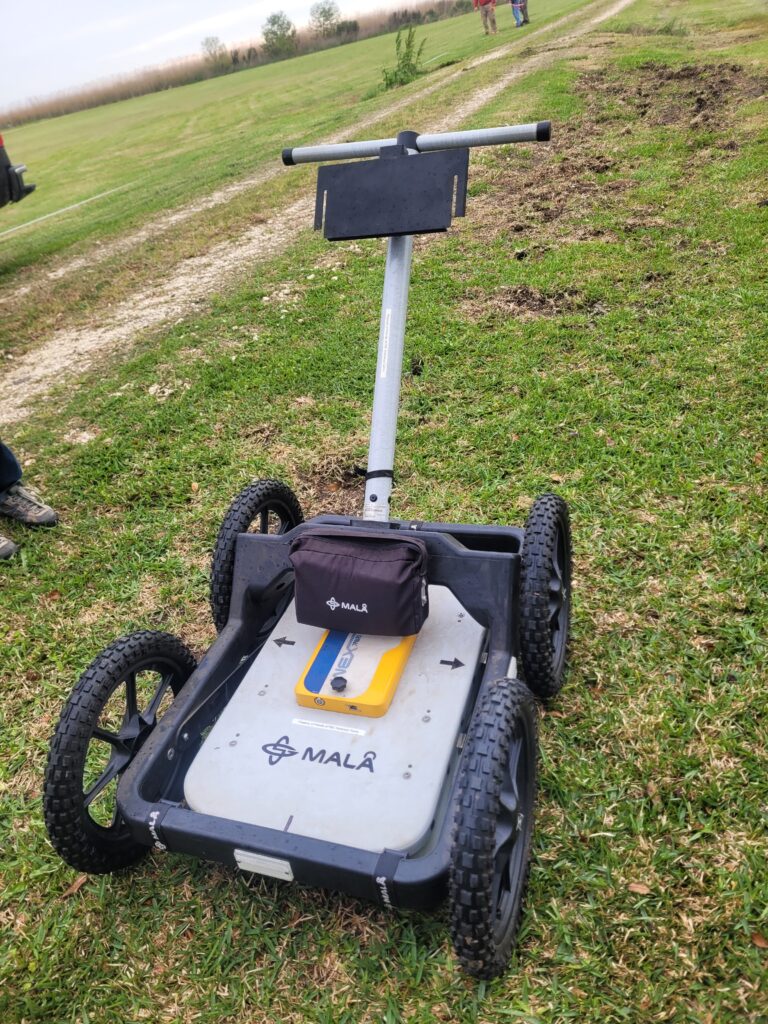

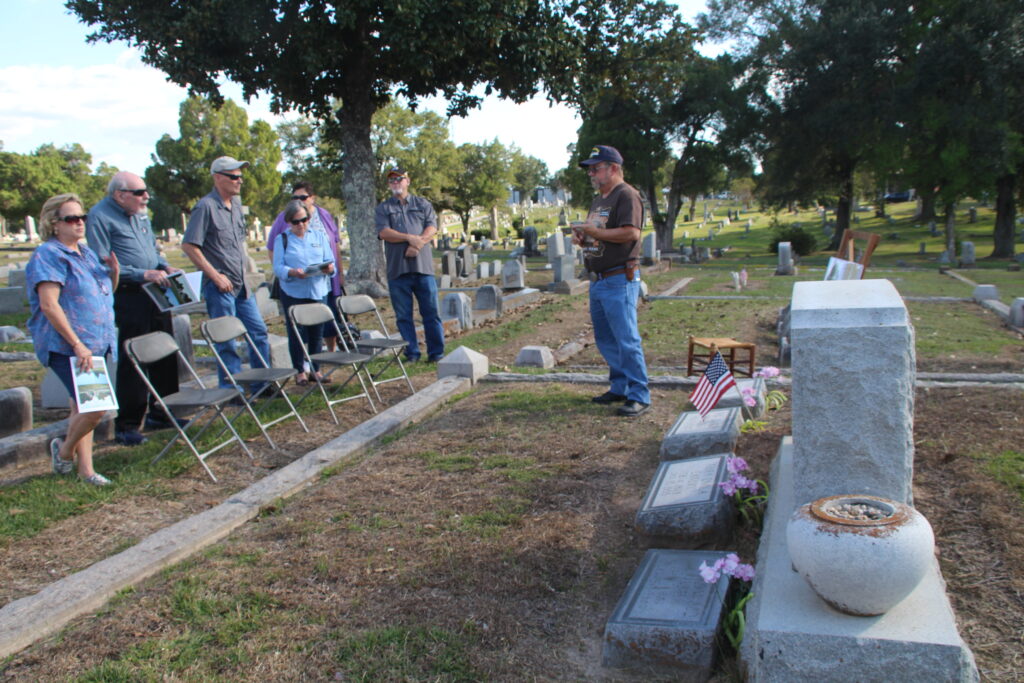
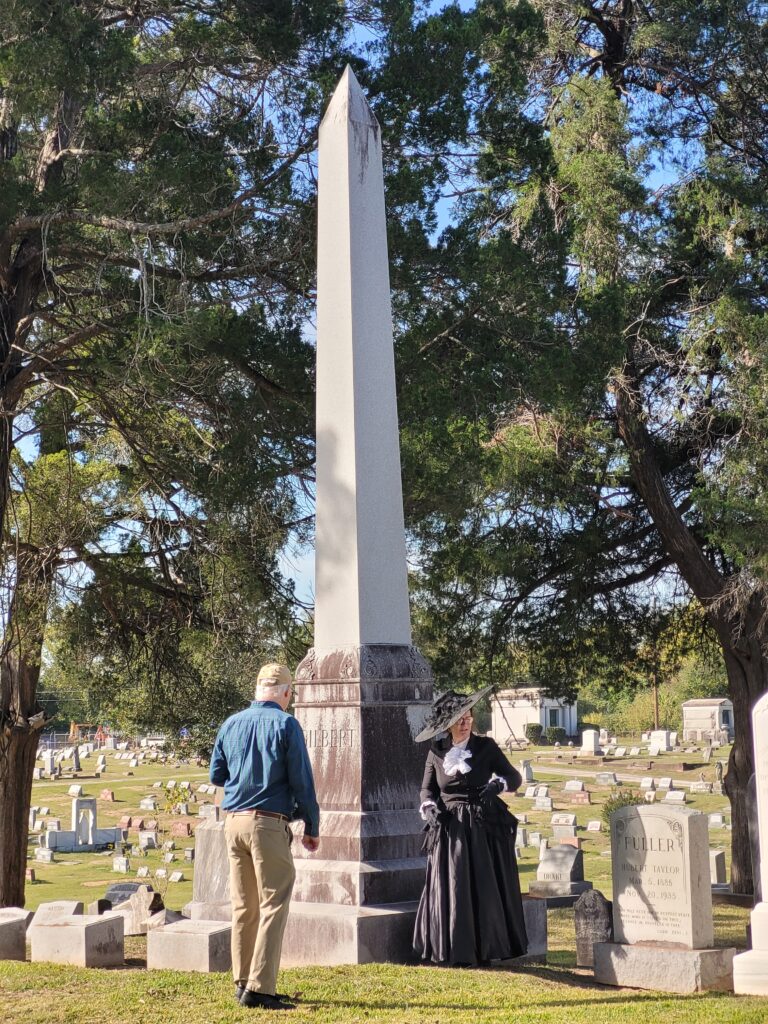
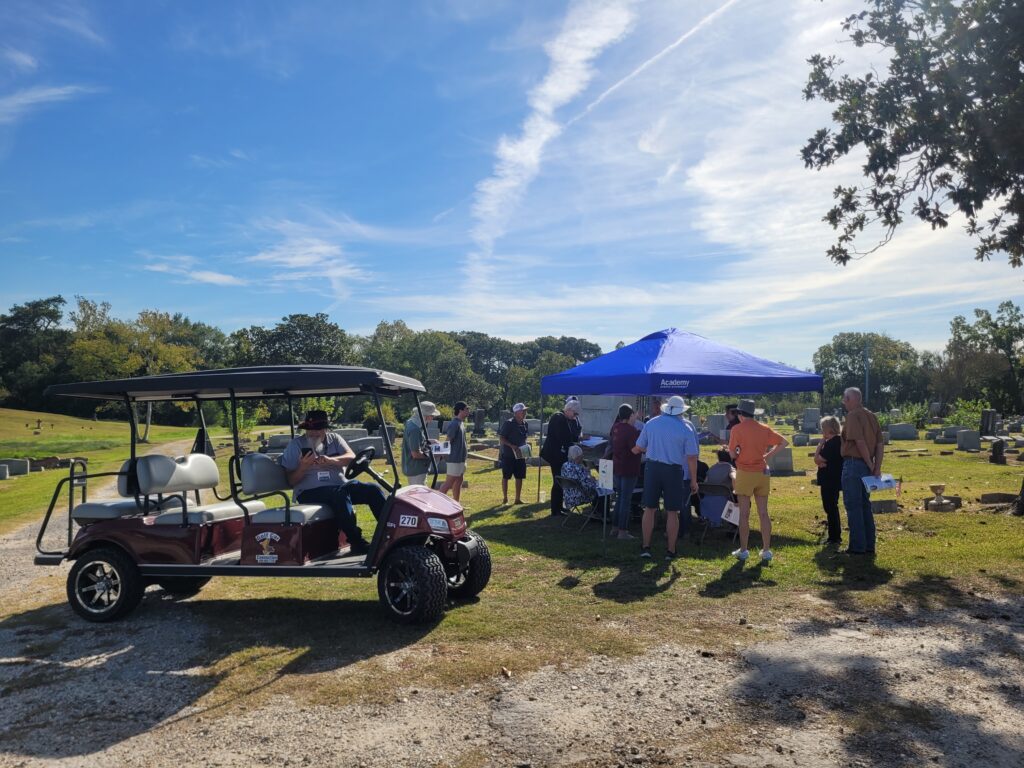

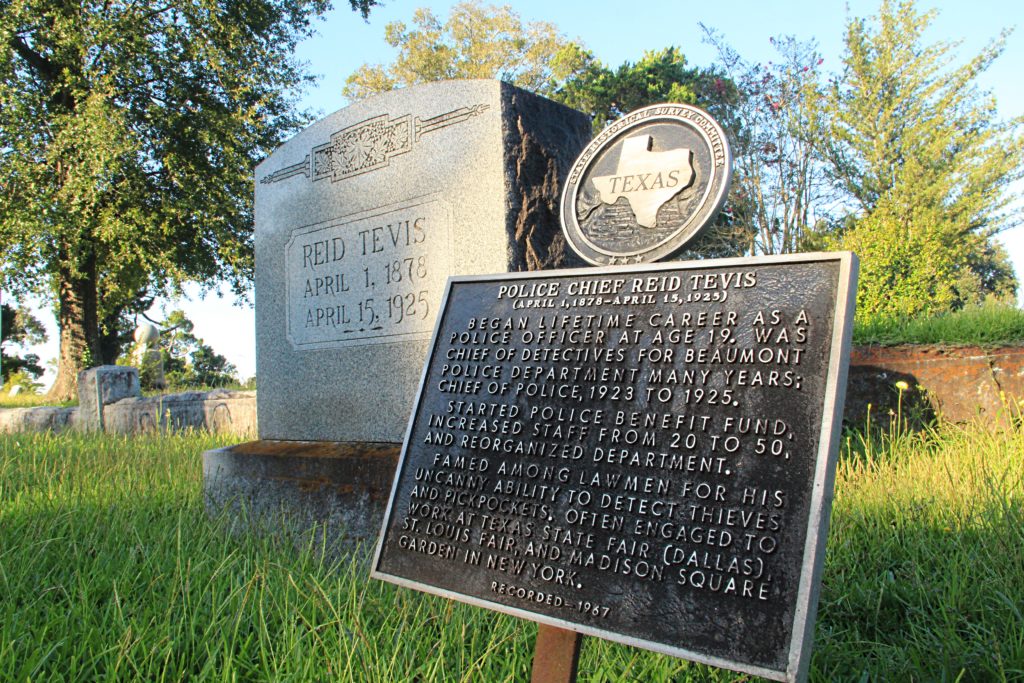


You must be logged in to post a comment.